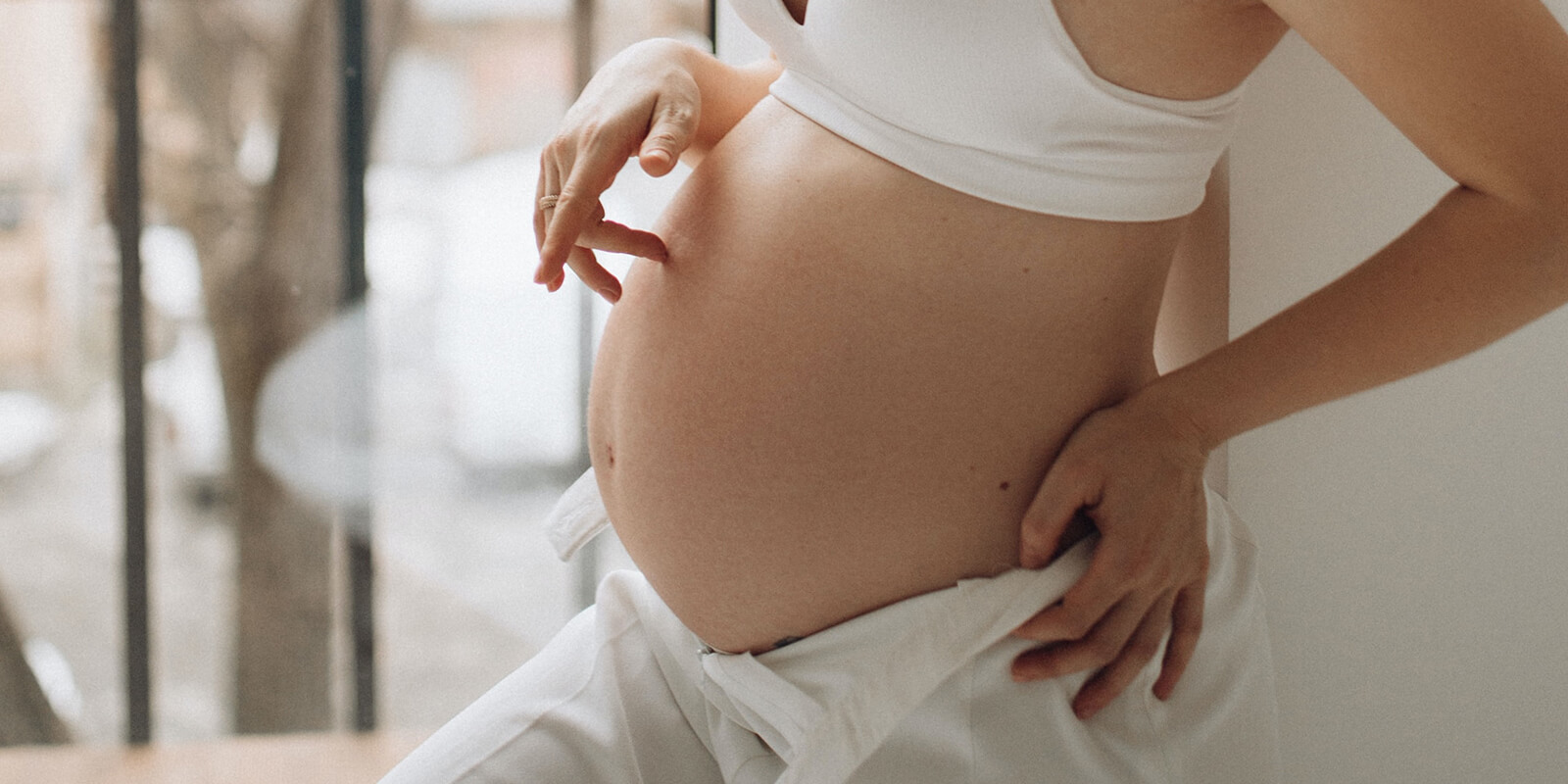Endometriosis affects millions of women worldwide, causing chronic pelvic pain and often leading to fertility challenges. For those navigating the journey of starting a family, understanding how endometriosis impacts pregnancy success rates is crucial.
What is Endometriosis?
Endometriosis is a chronic condition where tissue similar to the lining of the uterus, called the endometrium, grows outside the uterus. This misplaced tissue can be found on the ovaries, fallopian tubes, outer surface of the uterus, and other organs within the pelvic region.

Symptoms
Common symptoms of endometriosis include pelvic pain, especially during menstruation, intercourse, or bowel movements. Other symptoms may include heavy menstrual bleeding, fatigue, bloating, and infertility.
Causes
The exact cause of endometriosis is not fully understood, but several theories exist. One possibility is retrograde menstruation, where menstrual blood containing endometrial cells flows backward through the fallopian tubes into the pelvic cavity instead of out of the body. Immune system disorders, hormonal imbalances, and genetic factors may also play a role in the development of endometriosis.
The Effect of Endometriosis on Women's Fertility
Research indicates that women with endometriosis may experience lower conception rates compared to those without the condition.
Studies have shown that approximately 30-50% of women with endometriosis may experience infertility, compared to about 10% of women in the general population. This decreased fertility is attributed to various factors, including the formation of adhesions, inflammation, hormonal imbalances, and impaired egg quality. Additionally, endometriosis can affect the function of the ovaries and fallopian tubes, hindering the process of ovulation and fertilization. As a result, individuals with endometriosis often face challenges when attempting to conceive naturally, necessitating the exploration of alternative fertility treatments to improve their chances of pregnancy.
Understanding the impact of endometriosis on fertility rates is essential for individuals navigating the complexities of fertility and reproductive health.
How to Get Pregnant with Endometriosis?

When facing the challenge of getting pregnant with endometriosis, understanding your options is key. Consulting with your healthcare provider is the first step to exploring various fertility treatments tailored to your individual needs.
1. Understanding Your Options:
Begin by discussing with your healthcare provider the range of fertility treatments available for women with endometriosis. They can provide valuable insights into the most suitable options based on your specific circumstances.
2. Medical Treatments:
Consider medical interventions such as hormonal therapy or surgical procedures to manage endometriosis symptoms and enhance fertility. These treatments aim to reduce inflammation, alleviate pain, and improve reproductive function.
3. Assisted Reproductive Technologies (ART):
For individuals with endometriosis, assisted reproductive technologies (ART) offer additional avenues for achieving pregnancy. Procedures like in vitro fertilization (IVF) or intrauterine insemination (IUI) bypass reproductive challenges posed by endometriosis, increasing the likelihood of conception.
4. Lifestyle Modifications:
Incorporating lifestyle changes can complement medical treatments and improve fertility outcomes. Maintaining a healthy weight, managing stress levels, and adopting a balanced diet rich in nutrients can positively impact reproductive health.
5. Monitoring Your Cycle:
Keep track of your menstrual cycle and ovulation patterns to optimize timing for conception and coordinate treatment cycles with your healthcare provider. Utilize fertility tracking app's like Femometer and our suite of smart tools: Ivy103, Femometer Smart Ring and Femometer's Bluetooth BBT thermometer 'Vinca' to monitor changes in your cycle and identify fertile days accurately.
Will Endometriosis Be Treated Naturally After Pregnancy?

While some women experience relief from endometriosis symptoms during pregnancy due to hormonal changes that suppress menstruation and reduce inflammation, the condition does not typically disappear entirely. After pregnancy, symptoms may return for some individuals, although the severity can vary.
During pregnancy, hormonal fluctuations occur naturally in the body. These changes, driven by the demands of pregnancy, can significantly impact the symptoms of endometriosis. The surge in estrogen and progesterone levels, which are essential for maintaining a healthy pregnancy, also have a suppressive effect on endometriosis. These hormones work together to inhibit ovulation, temporarily halting the menstrual cycle and reducing the growth of endometrial tissue outside the uterus.
Moreover, the increased levels of progesterone and other pregnancy-related hormones create an environment that minimizes inflammation and diminishes the associated pain of endometriosis. This hormonal balance can alleviate symptoms such as pelvic discomfort, cramping, and heavy menstrual bleeding, providing much-needed relief for many individuals with endometriosis during pregnancy.
However, the impact of hormonal changes on endometriosis symptoms can vary from person to person. While some may experience significant improvement in their condition during pregnancy, others may find that their symptoms persist or return after childbirth.
When dealing with endometriosis, it's important to pay attention to symptoms such as pelvic pain, painful periods, and discomfort during intercourse. If you suspect you may have endometriosis or are experiencing fertility challenges, it's crucial to seek guidance from a healthcare provider specializing in reproductive health. They can conduct a thorough evaluation, including medical history review, physical examination, and diagnostic tests like ultrasounds or laparoscopy, to confirm a diagnosis and develop a personalized treatment plan tailored to your needs. Early detection and intervention are key to managing endometriosis effectively and optimizing your chances of conceiving successfully.
This article is the original creation of Femometer. All rights reserved by Femometer Inc. To reproduce, distribute, or reference the content, please reach out to us in advance to prevent any potential legal issues. Copyright © Femometer Inc.











